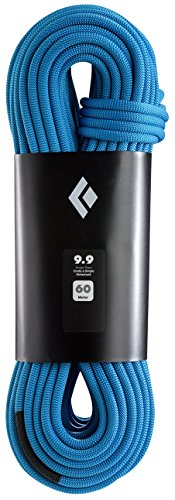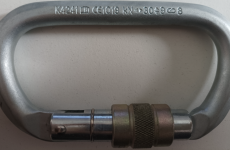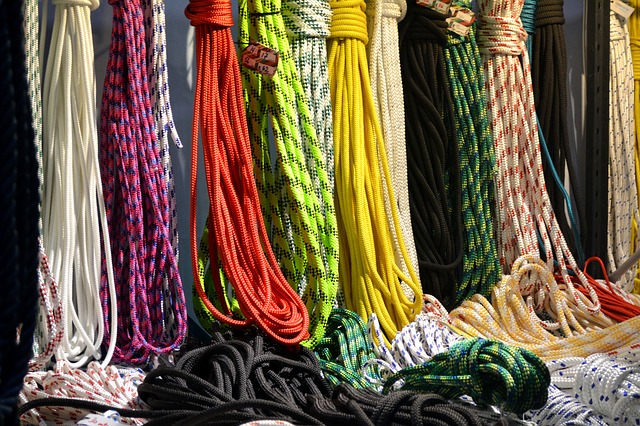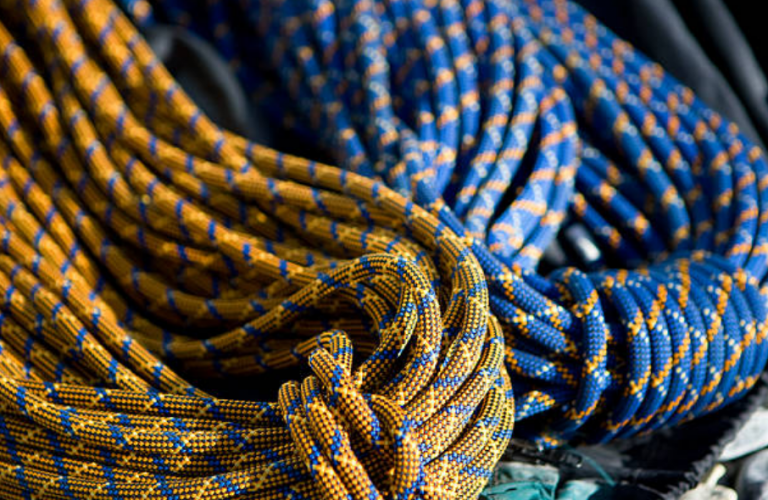
It’s important to trust your equipment when you’re dangling 50 feet off the ground. Knowing a lot about rock climbing ropes may help ease your fear so that you can relax and focus without worrying whether or not your gear is going to catch you.
Today we are taking a look at some of the most common questions beginner rock climbers have about ropes when they first start to explore climbing gear.
What are the differences between types of rock climbing ropes?
Single Ropes are the type of ropes that most rock climbers use. They are marked with a 1 on the end of the rope. A single rope means that it is intended to be used by itself, not in combination with another rope like some of the other types of rock climbing ropes, such as twin ropes and half ropes.
This article will be focusing on single ropes, as they are the type of rope you want to look for as a beginner.
The two main type of ropes are static and dynamic. Static ropes are designed not to stretch very much, and dynamic ropes will stretch, and are generally lighter and more flexible. Most top-rope and lead-climbers will prefer to use dynamic ropes because they provide a softer catch when you fall.
Ropes also come in different diameters, so a smaller rope willl be lighter, although they can wear out sooner than thicker ones.
Most modern climbing ropes have a dry treatment to help prevent them from absorbing water, and you will see those referred to as a dry rope.
What are rock climbing ropes made out of?

Most modern rock climbing ropes are made out of nylon. Nylon is a strong industrial fibre that is designed to withstand physical stress and to degrade slower than most organic fibres.
Repeated exposure to moisture, direct sunlight, and extreme temperatures will all affect the strength and quality of nylon, so it’s important to take good care of your rope.
How are rock climbing ropes made?
The core of a climbing rope is made out of individual nylon strands that are twisted together to create a yarn. The core is then wrapped in a sheath of individual nylon threads that are braided around it into a sheath to shield and protect it.
Some climbing rope manufacturers will mark the sheath with markings such as a half-way marker, or different patterns on each half of the rope so that you know when you’ve reached the middle of the rope. It’s important to know the middle of your rope because you need twice as much rope as the height of the climb, in order to have enough rope to lower you back down to the ground.
In this interesting video, a Sterling Rope employee shows us how the process works as they create one of their ropes in the Sterling factory.
How much weight and force can they support?
Climbing ropes are measured with impact force, which is tested with an 80 kg mass. The amount of weight that can hang from the rope is not as critical as the force of that weight falling on the rope. Since the force used for testing ropes is a great deal more than real-world climbing falls, they are meant to provide assurance that they can withstand regular use safely.
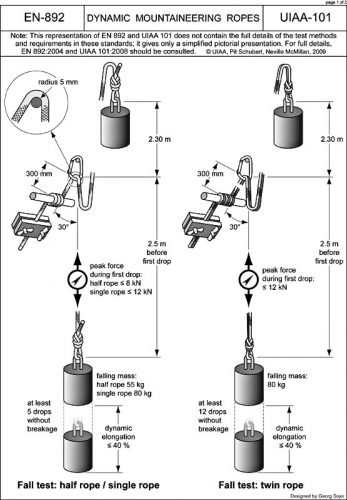
How are rock climbing ropes tested?
The UIAA is an international association that provides the standards for climbing rope tests and all the climbing ropes that are sold must pass their certification standards. Devices that have passed UIAA standards will have a UIAA safety label.

The ratings of different ropes vary by rope, and the results are in the following categories:
Dynamic Elongation: The distance that the rope will stretch during its first fall in the test. A larger number generally means a less abrupt stop when you fall, although belay technique influences this as well.
Static Elongation: The amount that the rope will stretch with the 80kg mass attached. This probably won’t be too noticeable comfort-wise.
Impact Force: The amount of force of the falls used in testing, measured in kilonewtons.
Fall Rating: The number of falls that the rope can withstand. A higher number means it supported more falls before failing.
How should my rock climbing rope be stored?

While it’s ok to tightly wind your rope to pack it and take it with you when you’re on your way to climb, in the longer term, it’s better to leave it slightly unwound.
Your climbing rope should be stored out of direct sunlight, and in a dry environment, away from harsh temperatures.
When is it time to replace your rock climbing rope?
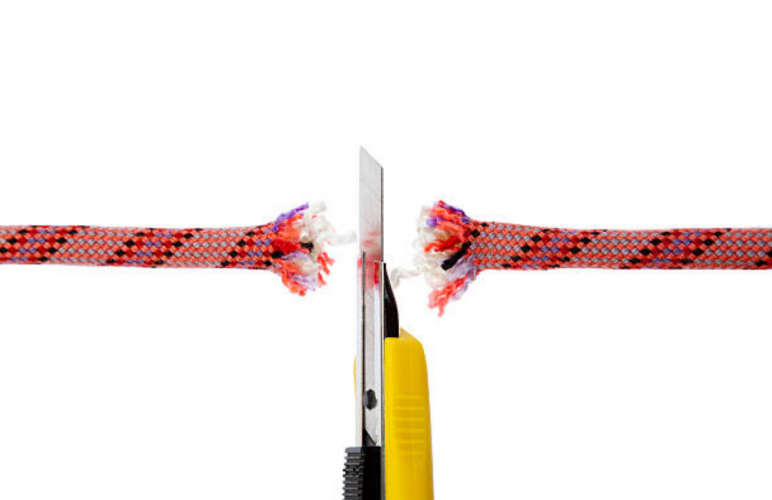
The lifespan of a rock climbing rope varies depending on the amount you use it, how many falls you’re taking, the way you store it, and general wear and tear. Check your rope every time you use it. If the rope appears damaged, it is time to get a new one. Likewise, if the core of the rope has become soft or exposure beyond the sheath.
It is especially important to discontinue use if it’s taken too many high factor falls. The UIAA rates a high factor fall as any over a factor of 1.78.
The factor of a fall is the distance of the fall divided by how much rope was used. Most of the falls you will take in the gym and especially as a beginner will be low factors, and you’ll know the feeling of a high factor fall by the painful impact you feel from your harness upon the catch.
While a good climbing rope can last for years, many climbers replace their rope every season.
What are the best ropes for rock climbing?
Some of the most popular rock climbing rope manufacturers are Sterling Rope, Mammut, Edelrid, Petzl, and Black Diamond. There are lesser known companies producing great climbing ropes as well, and now you know to look for the UIAA safety seal to ensure proper testing standards have been followed.
Now that you know all about rope length, thickness, weight, and testing standards, let’s take a look at some of the best-selling ropes and hopefully this will give you an idea what to look for with your next rope.
[table “1” not found /]The Sterling Rope Marathon Pro is one of the best choices for a thick rope that is very durable and has a strong protective sheath. This 10.1mm rope is perfect for long days projecting at the crag.
[table “2” not found /]
The Sterling Rope Fusion Photon is a very lightweight rope that is easy to handle. It’s one of the thinnest and lightest ropes available, for when you don’t want to be weighed down on send day.
[table “3” not found /]
The Petzl Contact is a very popular rope for every day use. It is a very versatile rope that offers the perfect balance between weight and durability.
[table “4” not found /]
The Black Diamond 9.9mm Rope is the perfect gym rope. It’s probably not long enough for a lot of outdoor crags, but it handles great and will last a long time before showing any sign of wear.
